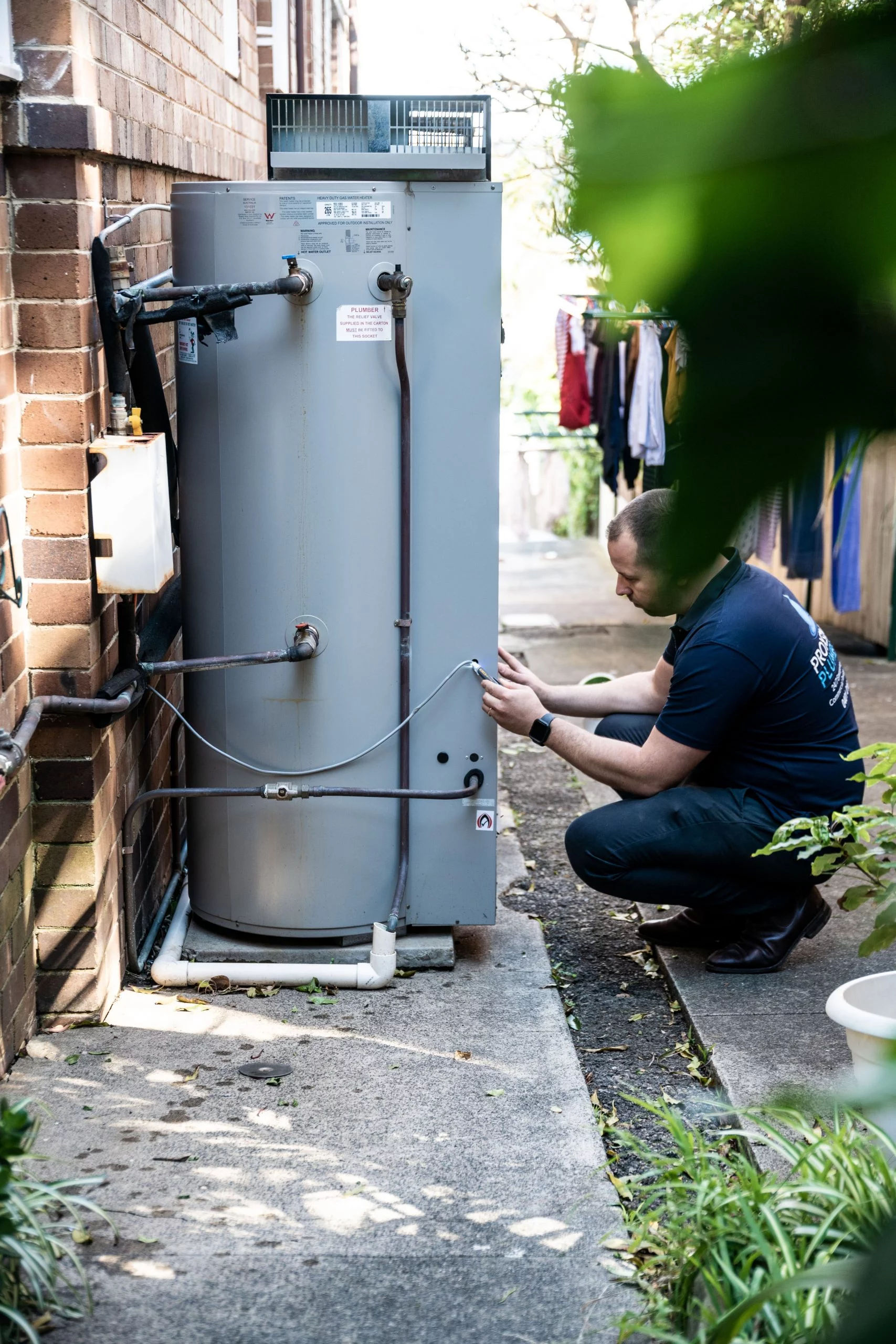Best Practices for Maintaining Your Home's Hot Water SystemExpert Guidance for Caring for Your Home's Hot Water System
Best Practices for Maintaining Your Home's Hot Water SystemExpert Guidance for Caring for Your Home's Hot Water System
Blog Article
Listed here down the page you can locate a lot of incredibly good ideas relating to What Kind of Maintenance Do Water Heaters Need?.

Hot water is essential for day-to-day comfort, whether it's for a refreshing shower or cleaning meals. To ensure your hot water system runs successfully and lasts much longer, regular maintenance is vital. This short article supplies useful suggestions and understandings on exactly how to preserve your home's hot water system to stay clear of interruptions and pricey repair services.
Introduction
Preserving your home's hot water system could appear difficult, but with a few simple actions, you can ensure it runs smoothly for years to find. This overview covers whatever from understanding your warm water system to DIY upkeep pointers and understanding when to hire specialist assistance.
Relevance of Maintaining Your Hot Water System
Routine maintenance not just extends the life-span of your hot water system however additionally ensures it runs effectively. Disregarding maintenance can cause decreased effectiveness, higher power expenses, and also premature failing of the system.
Signs Your Warm Water System Needs Upkeep
Knowing when your hot water system requires attention can protect against major problems. Watch out for signs such as inconsistent water temperature level, weird noises from the heating system, or rusty water.
Comprehending Your Warm Water System
Before diving right into upkeep tasks, it's practical to understand the fundamental parts of your warm water system. Generally, this consists of the hot water heater itself, pipes, anode poles, and temperature level controls.
Month-to-month Maintenance Tasks
Regular regular monthly checks can aid catch minor concerns before they rise.
Flushing the Water Heater
Purging your hot water heater removes debris build-up, improving efficiency and extending its life.
Checking and Changing Anode Rods
Anode poles protect against corrosion inside the storage tank. Checking and changing them when broken is essential.
Checking and Readjusting Temperature Level Setups
Readjusting the temperature level settings guarantees ideal efficiency and security.
DIY Tips for Maintenance
You can do numerous upkeep jobs on your own to keep your hot water system in top condition.
Checking for Leaks
Frequently examine pipes and connections for leaks, as these can result in water damages and greater bills.
Testing Pressure Relief Valves
Evaluating the stress safety valve guarantees it operates correctly and prevents excessive pressure build-up.
Protecting Pipelines
Protecting warm water pipes decreases warm loss and can conserve power.
When to Call a Specialist
While DIY maintenance is advantageous, some issues call for specialist experience.
Facility Concerns Needing Professional Aid
Instances consist of major leaks, electrical troubles, or if your water heater is regularly underperforming.
Routine Professional Upkeep Perks
Expert maintenance can include thorough examinations, tune-ups, and making certain conformity with security criteria.
Verdict
Routine maintenance of your home's warm water system is crucial for effectiveness, long life, and price savings. By following these pointers and understanding when to look for expert help, you can ensure a trusted supply of warm water without unexpected interruptions.
How to Maintain an Instant Hot Water Heater
Before tinkering with your hot water heater, make sure that it’s not powered on. You also have to turn off the main circuit breaker and shut off the main gas line to prevent accidents. Also turn off the water valves connected to your unit to prevent water from flowing into and out of the appliance. 2. When you’re done, you have to detach the purge valves’ caps. These look like the letter “T” and are situated on either side of the water valves. Doing so will release any pressure that has accumulated inside the valves while at the same time avoid hot water from shooting out and burning your skin. 3. When the purge valves’ caps are removed, you have to connect your hosing lines to the valves. Your unit should have come with three hoses but if it didn’t, you can purchase these things from any hardware or home repair shops. You can also get them from retail stores that sell water heating systems. Read the user’s manual and follow it to complete this task properly. When the hosing lines are connected, open the purge port’s valves. 4. You should never use harsh chemical cleaners or solutions when cleaning your unit. Make use of white vinegar instead. It should be undiluted and you’ll probably use about 2 gallons. 5. Now flush your water heater. This task should probably take about 40 minutes. We can’t give you specific directions for this because the procedure is carried out depending on the type, model and brand of your heater. With that being said, refer to the user’s manual. 6. When you’re done draining the unit, you have to turn off the purge port valves again. Remove the hosing lines that you earlier installed on each of the water valves. Put the valve caps (purge port) back in their respective places and be very careful so as not to damage the rubber discs that are found inside these caps. 7. Now that everything’s back in place, check your user’s manual again to find out how to reactivate your water heating system. 8. Once it is working, turn one of your hot water faucets on just to let air pass through the heater’s water supply pipes. Leave the tap on until water flows smoothly out of it. https://www.orrplumbing.com/blog/2014/september/how-to-maintain-an-instant-hot-water-heater/

I found that blog entry about Tips For Maintaining Your Hot Water Heater when doing a lookup on the search engines. Are you aware of another individual who is interested in the subject? Be sure promote it. Many thanks for your time. Kindly check our blog back soon.
Estimate Report this page